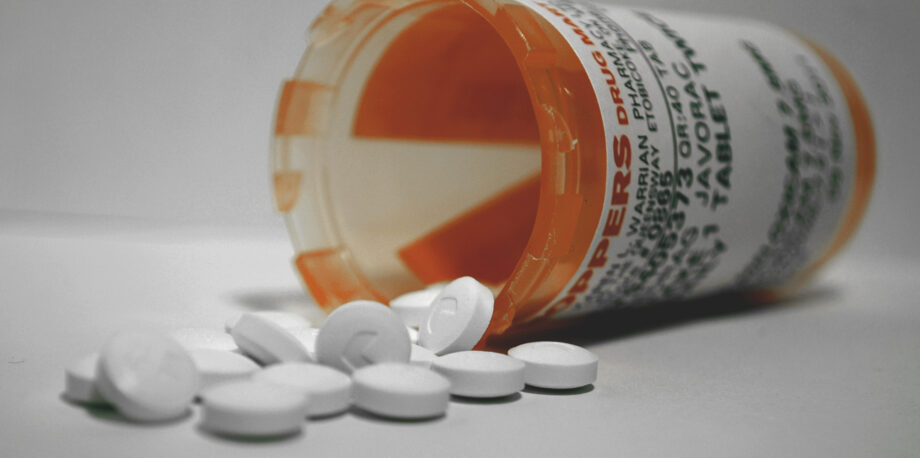December 13, 2019 — Prescription drugs and over-the-counter medications sometimes end up in water — with worrying fallout.
Studies show that antibiotics, painkillers, antidepressants, anti-cancer drugs, and other pharmaceuticals entering the environment after passing through people and farm animals or being thrown out improperly have made fish more vulnerable to predators, disrupted frog hormones and aggravated antibiotic resistance. That last piece is particularly concerning: Drug-resistant infections already kill 700,000 people each year, a number that a United Nations report says could grow to 10 million by 2050. And pharmaceutical use is likely to grow as people live longer, economies grow bigger and climate change worsens disease.
A recent report from the Organisation for Economic Co-operation and Development, an intergovernmental group whose member countries are mostly in Europe and North America, offers five recommendations for reducing the risk:
1. Improve understanding of the fate of pharmaceutical residues in the environment.
There is still a lot we don’t know about what happens when drugs get into freshwater, sewage systems and drinking water. The report recommends that governments support more research on the chemical constituents of drugs to figure out how they influence water quality, ecosystems and human health.
What about cases where the science is unclear? “Adopt precautionary measures,” the report says — especially when doing nothing might mean big harm down the line.
2. Regulate pharmaceutical companies to ensure more responsible production.
Efforts to keep drug residues out of water can start as drugs are being developed and go all the way through regulatory approval and marketing. Governments could use economic incentives to encourage practices like calibrating consumption to individual patients (and so reducing loss to the environment) and designing drugs using principles of green pharmacy.
Policymakers could also tighten regulations on medications that pose more of an environmental threat, mandating eco-labeling, making those drugs prescription only and more closely monitoring them once they’re on the market. Such measures could also include procedures for pinpointing and preventing drinking water pollution.
3. Enact policies to halt the overuse of medications for both people and animals.
One way to drop the need for drugs is to lessen the spread of infection and disease in the first place. Public health initiatives can boost sanitation and hygiene for people, while agricultural efforts can reduce the need to use antibiotics on livestock.
In the United Kingdom, the report notes, a voluntary stewardship program has helped the poultry industry cut antibiotic use while bringing more meat to market. Governments could also promote best practices on safely storing livestock manure to prevent feces from drug-treated animals from entering ecosystems.
For humans, the report says, improved diagnostics could help doctors avoid prescribing unneeded pills.
Promote safety at the end of the pharmaceutical life cycle, from production to disposal.
Switzerland has levied a tax to pay for improving the ability of wastewater treatment plants to remove drug residues from water. But the report cautions, “[u]pgrading wastewater treatment with new technologies will not solely solve the problem.”
There are numerous measures governments can take to help prevent medications from getting into the water in the first place. Information campaigns can educate the public to not dump unused drugs in the sink or flush them down the toilet. Other campaigns could speak to veterinarians and farmers about proper disposal of drugs for animals.
Meanwhile, organized collection of unused medications can provide an alternative. Australia, for example, has implemented a national program in which many pharmacies collect unwanted drugs and dispose of them safely. The report also encourages policymakers to think about ways to hold drug makers responsible for end-of-life-cycle disposal.
Ensure collaboration across the life cycle of medications.
From research to production and consumption to disposal, the report encourages policymakers to keep every stage of a drug’s life cycle in mind.
It also encourages governments to involve all stakeholders and departments. “Action on pharmaceuticals in the environment is much more likely to be extended and sustained,” the report says, “if it is mainstreamed into broader health, agricultural and environmental policies and projects.”
Related Posts
Ensia shares solutions-focused stories free of charge through our online magazine and partner media. That means audiences around the world have ready access to stories that can — and do — help them shape a better future. If you value our work, please show your support today.
Yes, I'll support Ensia!

